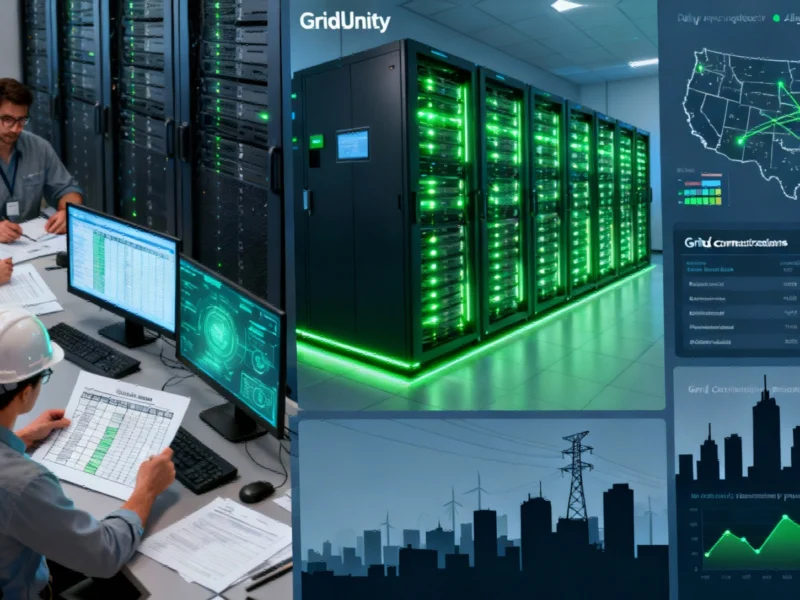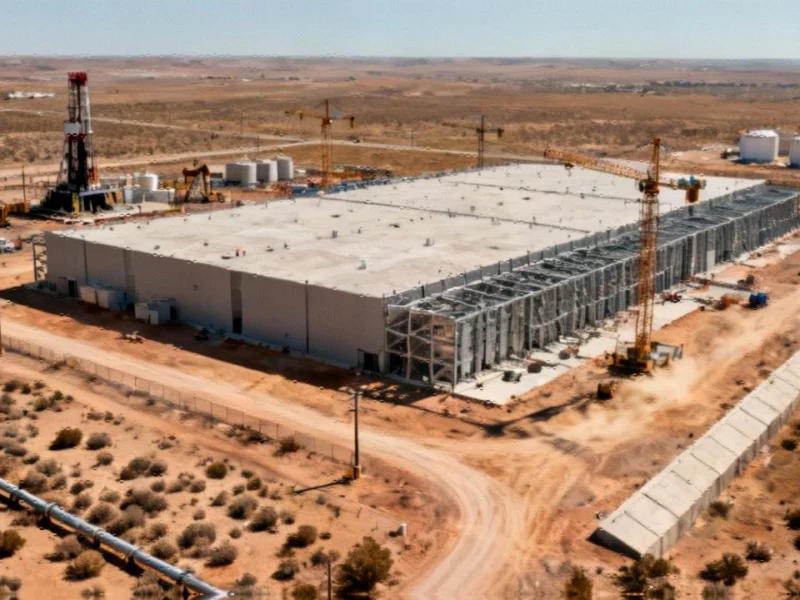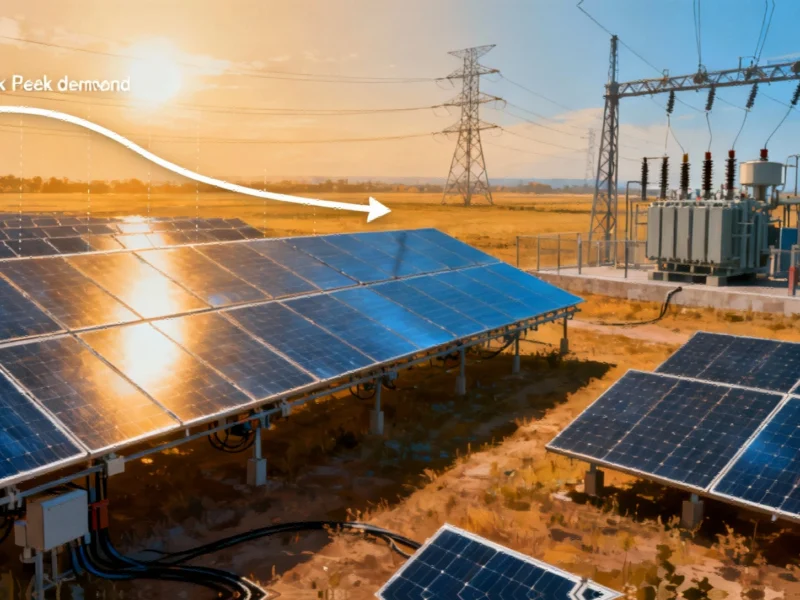The Grid Reliability Challenge
Electric utilities across the United States are facing an unprecedented forecasting dilemma as they attempt to distinguish between genuine electricity demand from artificial intelligence data centers and speculative projections that may never materialize. The situation has created what industry experts are calling a “multibillion-dollar guessing game” with significant implications for grid reliability, consumer electricity prices, and national energy infrastructure planning.
“There is a fundamental disconnect between what’s being projected and what utilities are actually seeing materialize,” noted one senior energy executive who requested anonymity. “We’re seeing the same massive data center projects shopped to multiple utilities simultaneously, making it nearly impossible to determine real versus speculative demand.”
The Projection Problem
Federal Energy Regulatory Commission Chairman David Rosner highlighted the critical nature of accurate forecasting in September, warning that even minor discrepancies in electricity load predictions “can impact billions of dollars in investments and customer bills.” The challenge stems from AI companies presenting ambitious server farm plans that would, in some cases, consume electricity equivalent to medium-sized cities while simultaneously negotiating with multiple utility providers.
Brian Fitzsimons, CEO of grid analytics company GridUnity, confirmed this pattern: “We’re starting to see similar projects that look exactly to have the same footprint being requested in different regions across the country.” This duplication in power requests creates significant complications for utilities attempting to ensure grid reliability while avoiding unnecessary infrastructure investments.
Industry Skepticism Grows
Constellation Energy CEO Joe Dominguez voiced what many in the industry are thinking during the nuclear power operator’s May earnings call, stating bluntly: “I just have to tell you, folks, I think the load is being overstated. We need to pump the brakes here.” This skepticism reflects growing concern that current projections may lead to overbuilding of generation capacity that would ultimately be paid for by consumers through higher electricity rates.
The uncertainty comes at a time when power grids face unprecedented challenges in balancing traditional demand patterns with the potential for massive new loads from technology infrastructure. Industry analysts note that the situation represents one of the most significant planning challenges utilities have faced in decades.
Economic Implications
The financial stakes are enormous. Utilities must make billion-dollar decisions about generation capacity, transmission infrastructure, and resource allocation based on these uncertain projections. Meanwhile, stock market investors are betting heavily on infrastructure spending to support what they believe will be a massive data center buildout.
This uncertainty affects broader industry developments across multiple sectors, from construction to technology manufacturing. The labor market is already feeling secondary effects, with recent technology hiring practices evolving to meet anticipated demand.
Strategic Responses
Some utilities are taking a cautious approach, implementing more rigorous verification processes for data center power requests and requiring stronger financial commitments before proceeding with infrastructure investments. Others are exploring modular, scalable solutions that can be deployed incrementally as real demand materializes.
The situation parallels related innovations in corporate strategy, where companies are building flexibility into their planning processes to accommodate uncertain future scenarios. Technology providers are also adapting, with companies like Broadcom developing more energy-efficient solutions as reflected in market trends and industry developments in semiconductor design.
Looking Ahead
As the industry grapples with this forecasting challenge, several key questions remain unanswered: How much of the projected AI data center demand will actually connect to the grid? What timeline should utilities use for planning purposes? And how can regulators ensure that consumers don’t bear the cost of unnecessary infrastructure investments?
The answers to these questions will shape America’s energy landscape for decades to come. What’s clear is that the relationship between technology growth and energy infrastructure is entering a new, more complex phase—one that requires careful navigation by utilities, regulators, and technology companies alike.
The resolution of this power paradox will ultimately determine whether the AI revolution delivers on its promised economic benefits or becomes burdened by the costs of misallocated infrastructure investment.
This article aggregates information from publicly available sources. All trademarks and copyrights belong to their respective owners.



